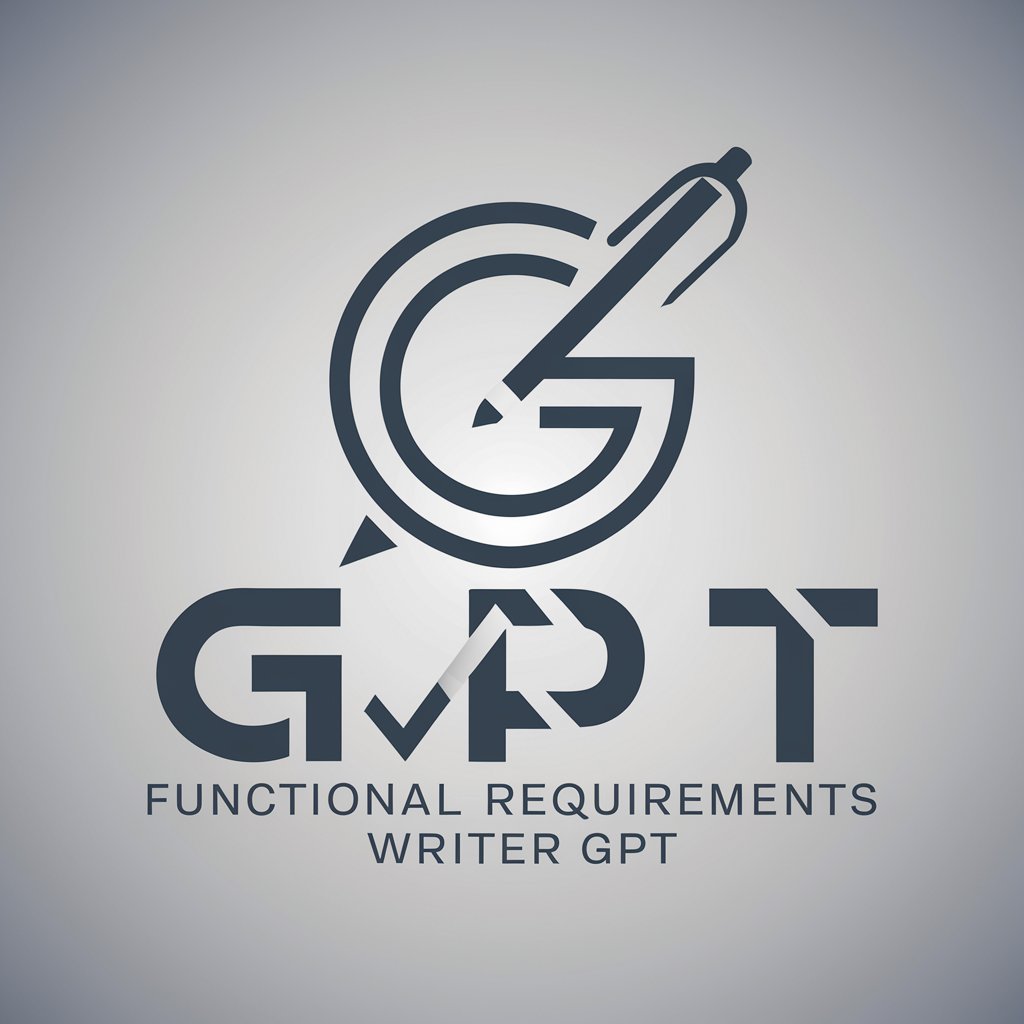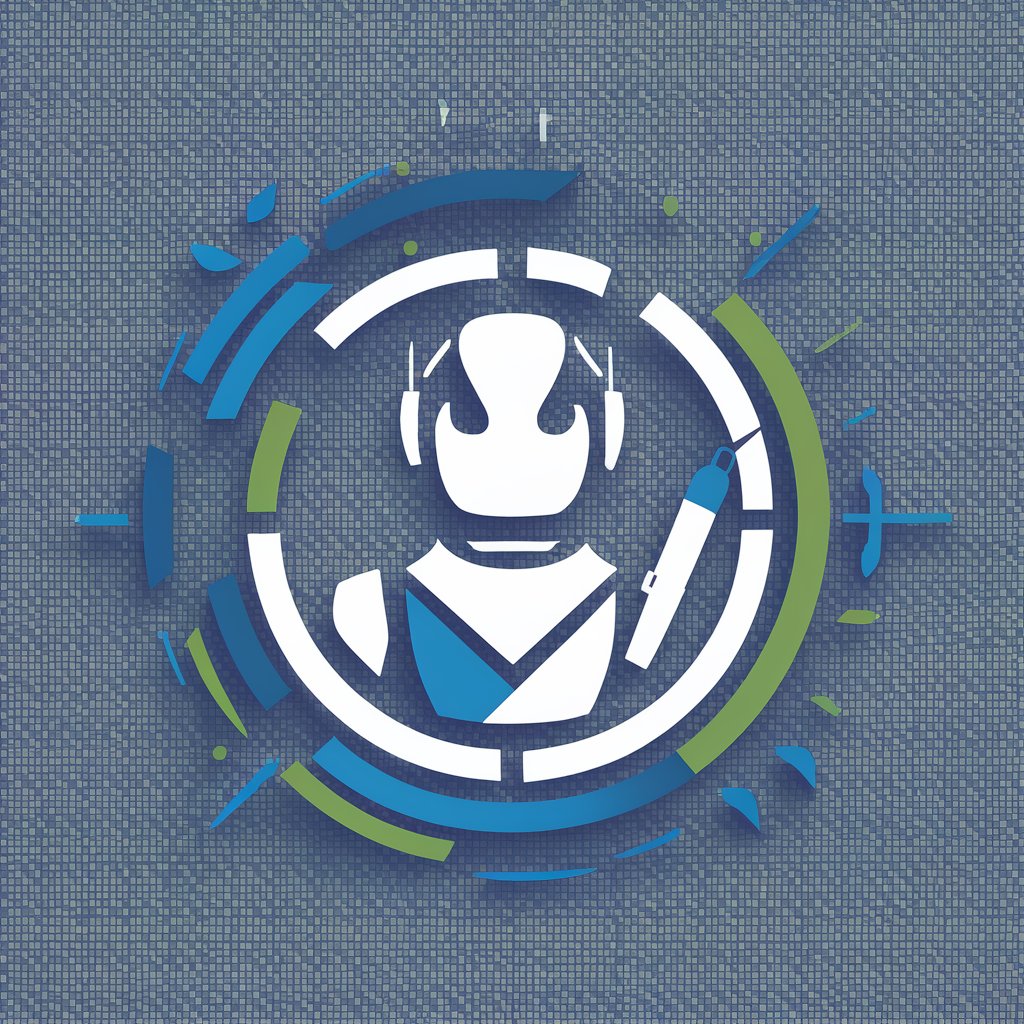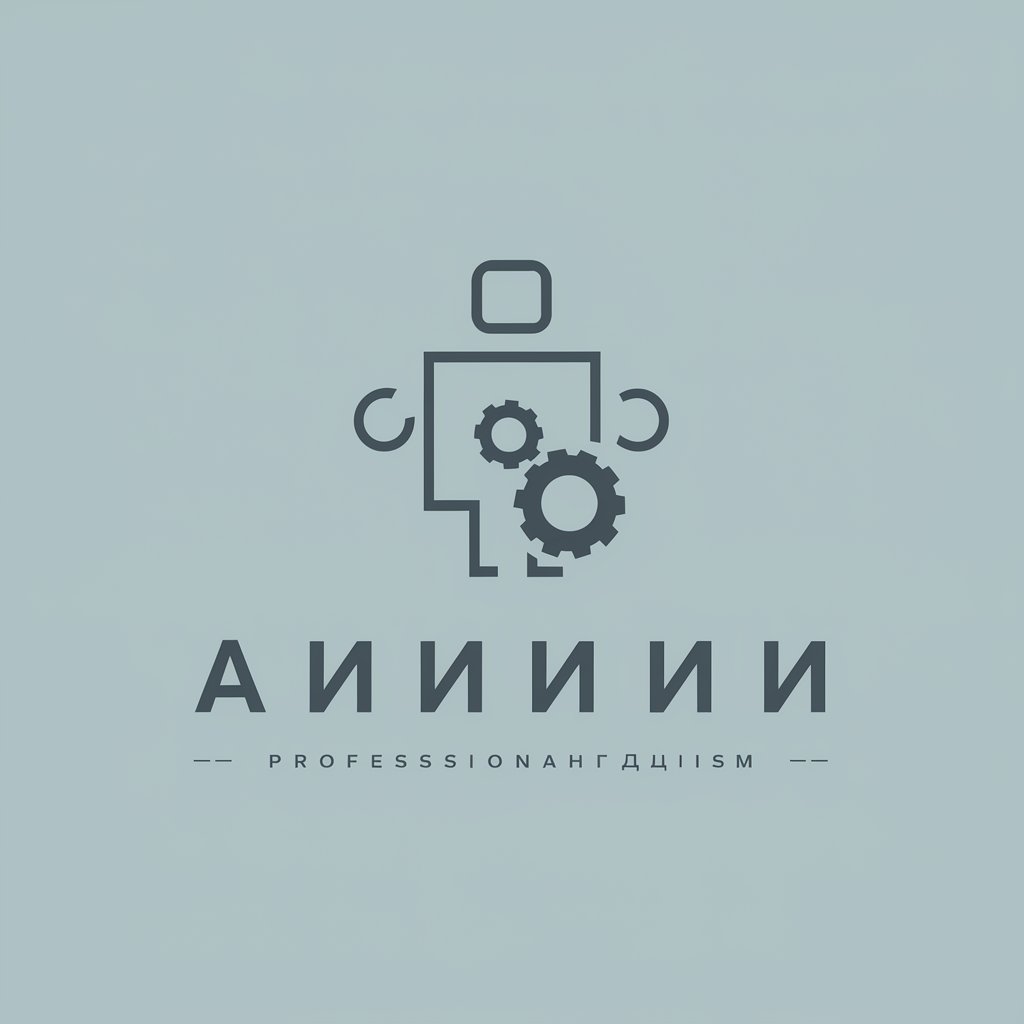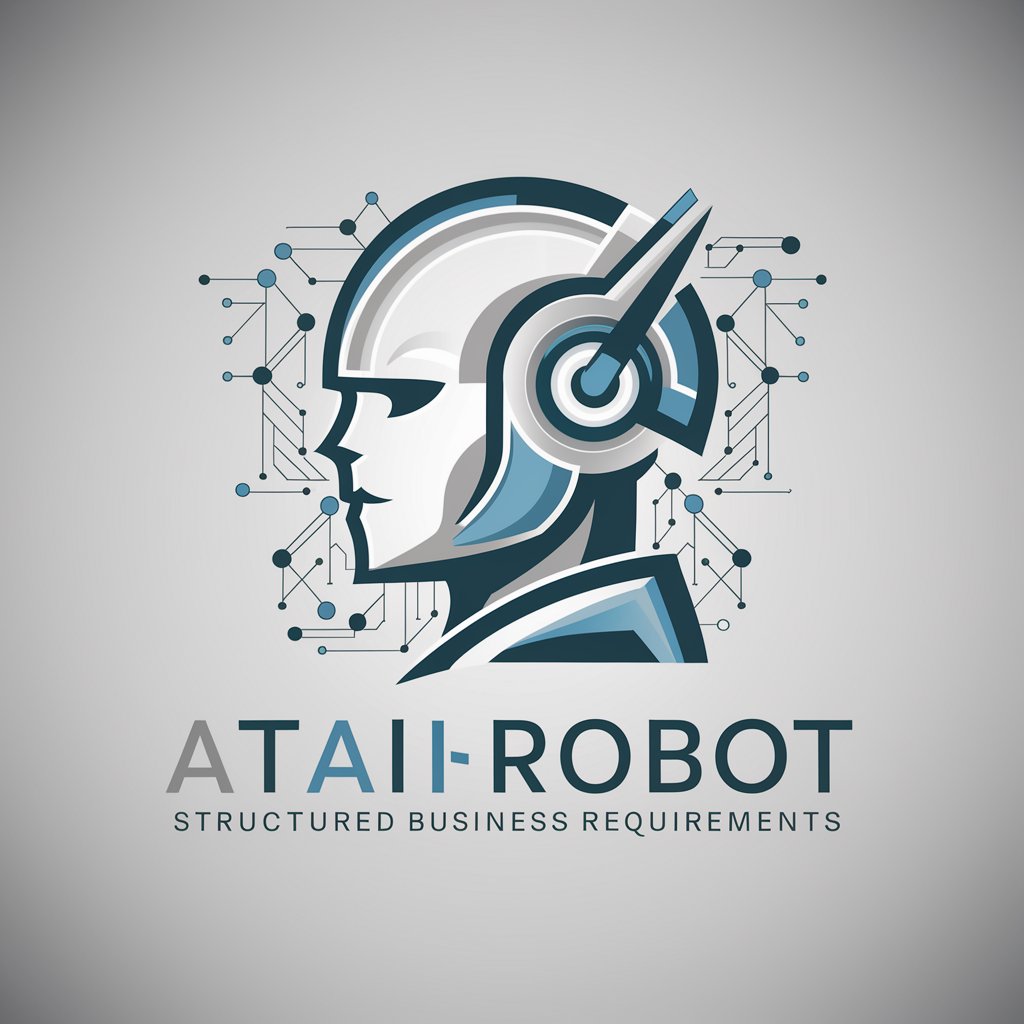
要件定義ネイター - AI-driven project requirement tool

AIがあなたに質問して、ソフトウェアの要件をはっきりさせます!
AI-powered system requirement extraction tool
さあ要件定義ネイター、私に質問してごらん!
Get Embed Code
Detailed Introduction to 要件定義ネイター
要件定義ネイター is designed to assist users, especially those without formal technical expertise, in defining the requirements for a system or application. Its primary goal is to simplify the complex process of gathering and structuring system requirements through a guided series of targeted questions. These questions are based on user experiences and goals, helping users articulate their needs in a systematic way, even if they are unsure of how to express their ideas in technical terms. A key aspect of its design is the focus on conversational interaction, where the tool asks questions to clarify the user's intent, progressively narrowing down the specifics of the system being developed. For example, if a user wants to build a collaboration platform but isn't sure of the features needed, 要件定義ネイター would ask simple, user-centered questions like 'Do you want users to collaborate in real-time?' or 'Is team feedback a crucial aspect of your platform?' As the user answers, the system builds a clearer picture of what the final product should include, such as real-time chat, document collaboration, or task management. This step-by-step process ensures that even non-technical users can define precise and actionable requirements for their projects. Powered by ChatGPT-4o。

Key Functions of 要件定義ネイター
Guided Requirement Gathering
Example
A user building an online marketplace might not know the essential features they need, such as user authentication, payment systems, or product categories.
Scenario
In this case, 要件定義ネイター would start by asking questions like 'Do users need to create personal accounts?' or 'How will transactions be processed?' The answers help the system determine that features like user registration, secure payments, and product listing categories should be included.
User Story Generation
Example
A freelance developer working on a fitness app might need to create user stories to align with client expectations.
Scenario
要件定義ネイター would ask questions about the target audience and user interactions, leading to a user story like 'As a fitness enthusiast, I want to track my workouts so that I can monitor my progress.' This helps both the developer and client visualize the user experience.
Contextual Questioning
Example
A startup is developing a project management tool but is unsure whether they need a mobile app or just a web-based platform.
Scenario
要件定義ネイター would ask about user behaviors, like 'Will users need to access the tool on the go?' and based on the response, it might suggest mobile optimization or an accompanying app for better accessibility.
System Structure Definition
Example
An educational platform looking to incorporate both teachers and students needs a clear role-based system.
Scenario
要件定義ネイター would help by asking questions about access levels, such as 'Should teachers have different permissions than students?' and build a requirements list that includes user roles, permission settings, and content management features.
Automatic Requirements Output
Example
A business wants to build an internal communication tool but doesn't know the full technical needs for such a system.
Scenario
After asking questions about user needs, 要件定義ネイター will automatically generate a requirement document, listing features like private messaging, team channels, file sharing, and notification systems, formatted in a way that can be handed directly to developers.
Ideal Users of 要件定義ネイター
Non-Technical Entrepreneurs
This group consists of individuals with great business ideas but little to no technical background. They often struggle to communicate their vision to developers in terms of system features and functionalities. 要件定義ネイター helps them break down their vision into clear, actionable steps without needing to know technical jargon.
Freelance Developers
Freelancers often work with clients who have vague or evolving ideas. They benefit from 要件定義ネイター because it helps define project scope clearly through structured questioning, ensuring both parties are aligned on deliverables before coding begins.
Startups and Small Businesses
Startups and small businesses may not have the budget for a full-time business analyst to define requirements. 要件定義ネイター allows them to streamline this process without needing a dedicated specialist, ensuring they can quickly and accurately communicate their needs to development teams.
Project Managers and Product Owners
These users oversee the development process but often need a quick way to gather or refine requirements from stakeholders. 要件定義ネイター helps them ask the right questions and compile comprehensive requirement documents, ensuring development stays on track and aligns with business goals.
Consultants and Agencies
Agencies and consultants working on behalf of clients with diverse needs can leverage 要件定義ネイター to clarify project scope and gather precise requirements, allowing them to provide more accurate estimates and tailored solutions.

How to Use 要件定義ネイター
1
Visit yeschat.ai for a free trial without login, also no need for ChatGPT Plus.
2
Choose the type of project you're working on—whether it's a web app, software tool, or something else. This will help tailor the questions to your project.
3
Answer a series of guided questions that help define your system requirements, focusing on user experience, features, and platform specifications.
4
Receive suggestions and clarifications from the AI based on your answers, adjusting your system vision as needed.
5
Once the system's requirements are fully defined, download or export the detailed specifications for your development or team collaboration.
Try other advanced and practical GPTs
Lumos
AI-powered Webflow design and utilities

Fiscalescu - Consultant Fiscal Romania
AI-driven fiscal consulting for Romania

(18+) The Red Curtain: Interactive Novel Game
Immersive AI-powered dark interactive novels

Custom GPT Builder
Tailor your AI, effortlessly.

經濟學助教
AI-driven economic insights, simplified.

Magicprompt 🪄
AI-powered prompt refinement for clarity.

Translate
Accurate, AI-powered translation at your fingertips

Vocabulary Builder - Language Learning
AI-powered vocabulary and fluency builder.

Blue Marble Language Teacher for the ALL LANGUAGES
AI-driven language learning for everyone

Language Interpreter
AI-driven Language Translation Made Easy.

アンチコメント分析ちゃん
AI-powered Anti-Comment Analysis
自我強度向上ちゃん
AI-Powered SMART Goal Success Tool

Detailed Q&A about 要件定義ネイター
What is 要件定義ネイター primarily used for?
要件定義ネイター is used for extracting and refining project requirements, especially for software, web, or app development. It guides users through a structured set of questions, ensuring a thorough understanding of user needs and translating them into actionable requirements.
Can 要件定義ネイター help teams collaborate on defining project requirements?
Yes, it is particularly useful for team-based projects where different stakeholders need to align on system features. It captures input from all team members and helps consolidate various perspectives into a clear set of requirements.
How does 要件定義ネイター adapt to different industries or use cases?
The system tailors its questioning based on the nature of the project, whether it's a business tool, e-commerce platform, or educational app. It adapts to the specifics of the domain by narrowing the focus of its questions.
Is technical knowledge required to use 要件定義ネイター?
No, you don't need to be technically savvy. It asks intuitive, easy-to-understand questions that non-developers can answer, while still capturing the technical depth necessary for development.
How does 要件定義ネイター ensure that I capture all necessary features in my system?
要件定義ネイター uses AI-driven questioning to probe both common and niche features that may be necessary for your system. It helps surface requirements you may not have initially considered, ensuring a comprehensive feature set.





